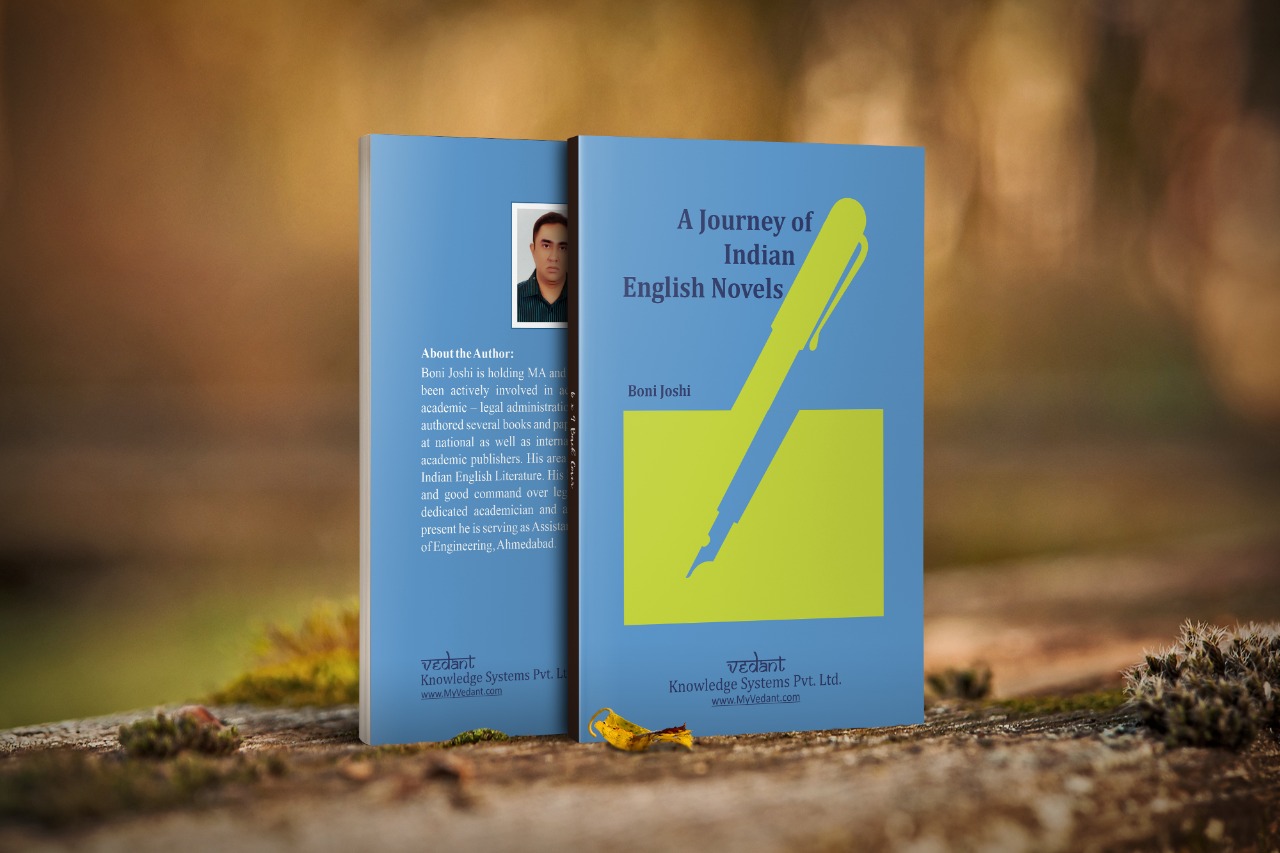Description
Indian writing in English has made significant contributions in the field of novel writing. There have been numerous notable authors in history, including Raja Rao, Mulk Raj Anand, and R. K. Narayan. These are the authors who popularized and brought worldwide fame to this genre. In recent years, Indian authors of fiction have gained widespread recognition in the West. The majority have been lauded for their inventive use of English. Their works play a significant part in providing the Indian English Fiction a new image as a trendsetter. This book offers an examination of the evolution of Indian English fiction starting from its genesis to the present day.
The narrative of the Indian English Novel is the tale of a nation in transition. Indian Writing in English has gone a long way from only using the English language to being a legitimate means of expressing one’s ideas, views, and creativity. It went through many stages of development. Since the release of Bankim Chandra Chatterjee’s Rajmohan’s Wife in 1864, diversity and maturity of the Indian novel have expanded significantly. It is not difficult to trace the progressive transition from the imitative stage to the realistic stage to the psychological stage to the experimental stage in the evolution of the Indian novel.
Early Indian novels included more than simply nationalistic portrayals of Indianness. The ‘Big Three’ of Indian Writing in English emerged in the 1930s and were the forerunners of the authentic Indo-English novel, even though they always depicted rural life and the consequent impact of the liberation struggle virtually always. They could not help but incorporate Gandhian ideology into their work, either intentionally or inadvertently as shown by Mulk Raj Anand’s Untouchable (1935), R.K. Narayan’s Swami and Friends (1935) and Raja Rao’s Kanthapura (1938).
Women authors decry exploitation and attempt to make sense of the modern world’s rapid rate of change. Authors like Shashi Deshpande depict individuals who blame their own complacency for their sad position, as does Kamala Das, who examines the predicament of women in India and the globe. Arundhati Roy starts her narrative without a beginning and does not fully conclude it, but Jhumpa Lahiri’s novels proceed at the ideal speed.
Now that the Indian Diaspora is a force to be reckoned with in the publishing industry, Indian English is a global language, unrestricted by culture or tradition; it is the language of the exiled intellectual. The Indian Diaspora lifted the veil on the wonderful legendary realities that were prevalent in rural talks. Salman Rushdie’s ‘chutnification’ of history and language also attracts critics. He opened the way for a multitude of authors. Amitav Ghosh dabbles with postcolonial reality, whilst Vikram Seth combines poetry and prose with a Victorian air of grandeur. While Rohinton Mistry attempts to comprehend the Parsi world, Pico Iyer’s works smoothly traverse it.
Amitav Ghosh has shown his brilliance in modern Indian English literature. His two novels, The Circle of Reason (1986) and The Shadow Lines (1988), established Ghosh as the best writer to emerge from the post-Children Midnight’s Indo-Anglian literary movement. With The Golden Gate (1986) and A Suitable Boy (1993), Vikram Seth reached a dizzying height of success. With his work A Suitable Boy, he astounded the literary community. The work is comparable in size to Leo Tolstoy’s War and Peace and Marcel Proust’s Remembrance of Things Past. Upamanyu Chatterjee achieved significant success with his novel English August (1988). His tone was sarcastic, and he made fun of every bureaucratic flaw in India. The Great Indian Novel (1989) by his contemporary Shashi Tharoor is one of the finest works of Indian English literature. In the 1990s, author Rohinton Mistry rose to prominence. Such a long Journey (1991) is his debut in the genre in which he addresses the dilemmas of contemporary living.
A significant number of Indian English fiction authors have recently astounded the literary community with their creations. They have received honours and awards in the sphere of literature for their contributions to the world of writing. However, a close examination of their evolution reveals that the novel genre was shaped by two distinct types of authors: The first wave of authors concentrated on the myriad socioeconomic issues in India that appeal to the West, such as poverty, class inequality, social dogmas, and stringent religious rules. The second category of authors consists of people who identify as global Indians; they were born in India but have lived abroad, allowing them to have an unbiased perspective on Indian reality. They have a comfortable command of the English language and have added to its beauty. These authors are no longer slavish English copies, even if they are dealing with Indian sensibilities. Their inventive use of English has made their language stand out for its freshness. They have played around with the language and infused it with Indian flair. They have given the English language a fresh flavour by creating new terms and colloquial idioms. Many of these words are now recognized as legitimate English words. The West enthusiastically embraced it, and they now have a permanent position in the canon of international literature.




Reviews
There are no reviews yet.